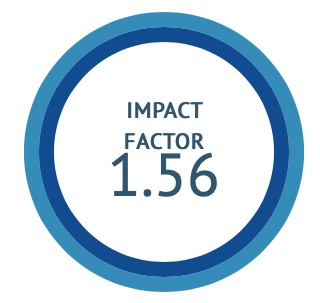Application of shodhana (Bio-purification) in Chronic Sheetapitta (Dhatwantara gata / Leena Avastha) with special reference to Urticaria
Keywords:
Concealed, Anutklishta, Deepana, Pachana, Snehana, SwedanaAbstract
Shodhana (Bio-Purification) is a procedure which helps in expelling out the excessively aggrevated doshas from the shareera (Body). One of the most alluring concepts in the modulation of disease is leenadosha (Adhered/Concealed). Technically leena (Adhered) term suggests to Conceal even Merge. Here the doshas will be attached or concealed to the dhatus. So we can frame the quality of leena dosha as ekadeshasthita/anutva (Minute) and also dhatvantaragata (Adhered to Dhatus). In the disease sheetapitta (Urticaria) sheetamaaruta exposure acts as a prime nidana (Cause) in vitiating vata predominantly along with other doshas like pitta and kapha leading to skin manifestations in bahya twacha (External skin) and other systemic symptoms in abyantara shareera (Within the body). Eventhough the disease sheetapitta (Urticaria) has vatadhika dosha lakshanas kandu (Pruritis) and daha (Burning sensation) will also be associated in many cases. By neglecting this particular diseases considering its lakshanas and severity after a time period dosha becomes leena within the dhatus and later becomes difficult to treat. Classics clearly mentioned that leena dosha (Adhered) cant be eliminated through shodhana (Bio-Purification) without prior deepana pachana (Stomacic & digestive), snehana (Oleation) and swedana (Sudation) i. e bringing back the vitiated doshas from shaka (Extremities) to kosta (Abdomen). So saama dosha adhered or concealed in diseases are understood as in leena state. This particular understanding facilitates further intervention which will be discussed in full paper.
Downloads
Published
How to Cite
Issue
Section
License
The author hereby transfers, assigns, or conveys all copyright ownership to the International Journal of Ayurvedic Medicine (IJAM). By this transfer, the article becomes the property of the IJAM and may not be published elsewhere without written permission from the IJAM.
This transfer of copyright also implies transfer of rights for printed, electronic, microfilm, and facsimile publication. No royalty or other monetary compensation will be received for transferring the copyright of the article to the IJAM.
The IJAM, in turn, grants each author the right to republish the article in any book for which he or she is the author or editor, without paying royalties to the IJAM, subject to the express conditions that (a) the author notify IJAM in advance in writing of this republication and (b) a credit line attributes the original publication to IJAM.




